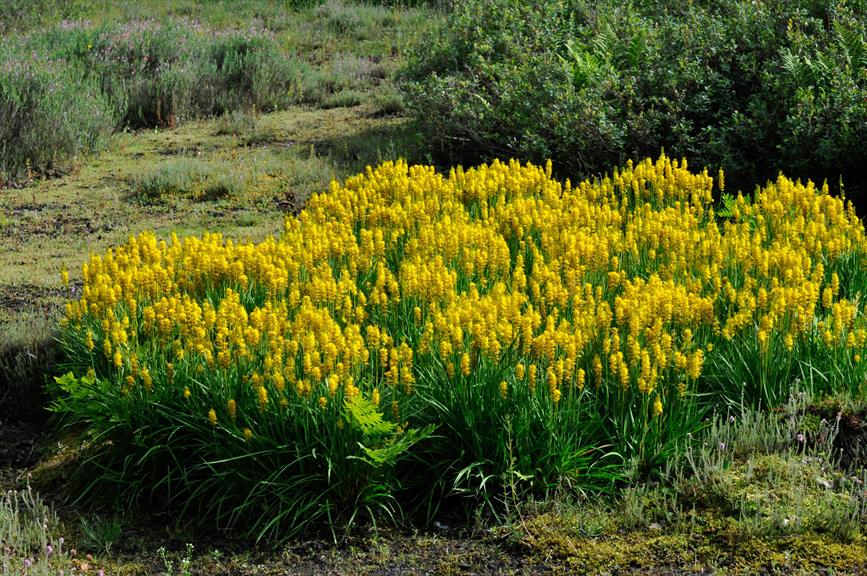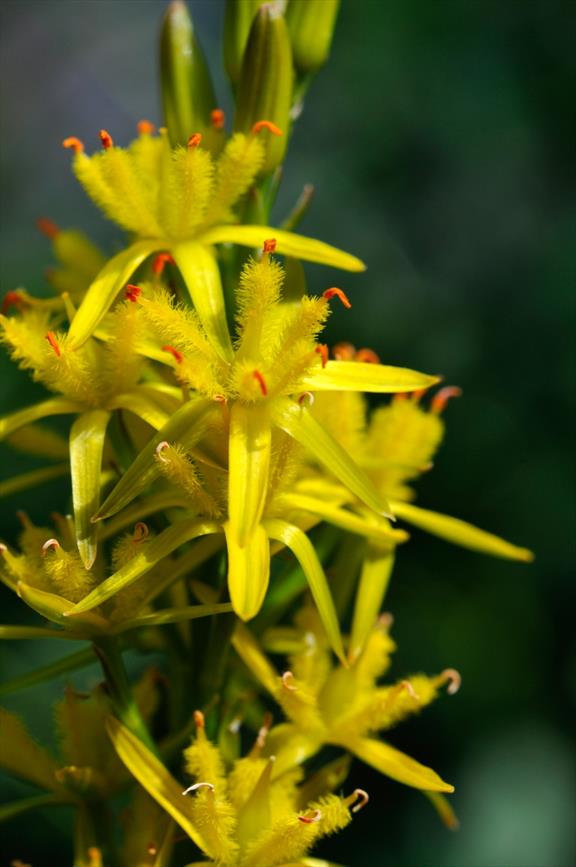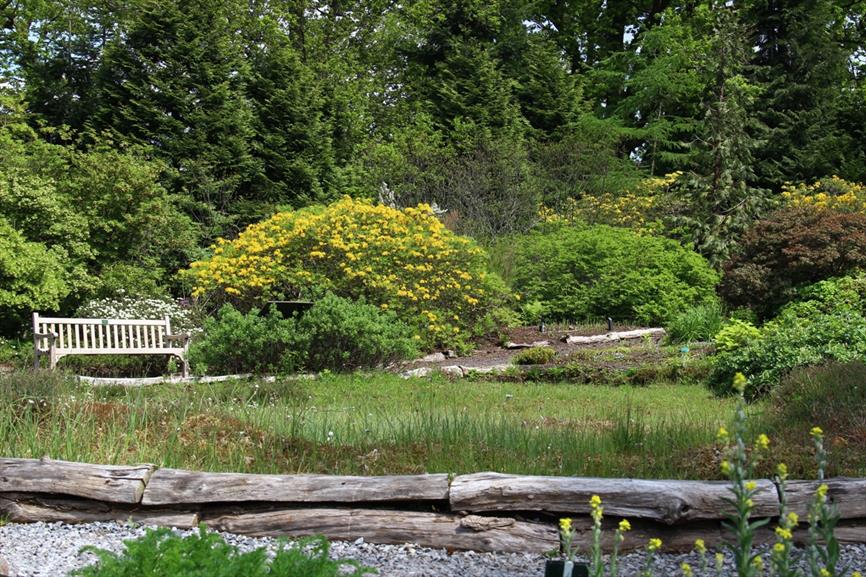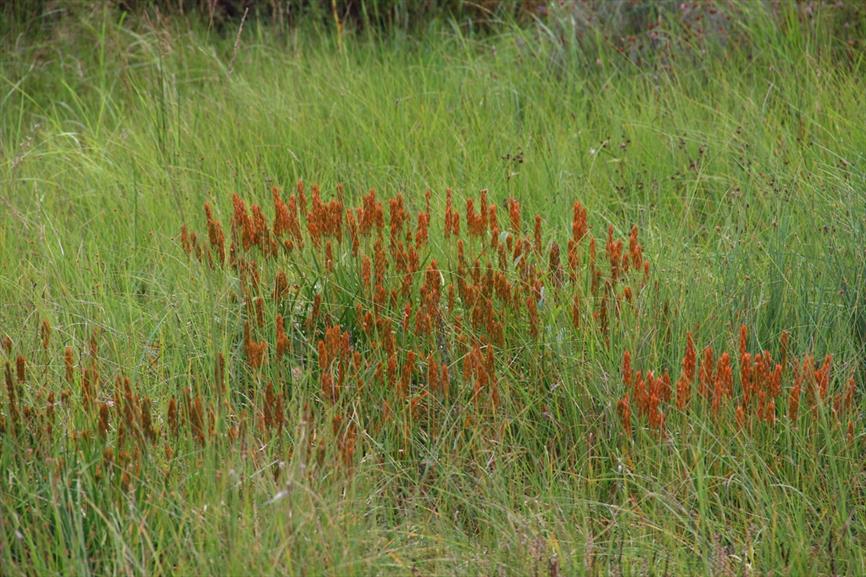Bog Asphodel
Narthecium ossifragum
Bog Asphodel family (Nartheciaceae)
Little bone breaker
Bog-asphodel is a rare, lily-like plant that was once much more widespread. Today it is a little asphodel that is on the Red List.
In the past it was long thought that eating the plant caused brittle bones in sheep. A possible explanation for this is that the plant grows only on acidic soils, which is calcium-poor, and calcium is needed for strong bones. Moreover bog-asphodel also grows in places where livestock can easily become stuck such as boggy places on heath and peat land, along ditches in wet heath and on marshes.
In the province of Utrecht the bog-asphodel was also called gele wateraffodil or ‘yellow water daffodil’: 'water' because of its location and 'yellow daffodil’ because of its resemblance to the true yellow daffodil - a narcissus, which belongs to different family.
Read more.... »Themes
Crown jewel in the Utrecht Botanic Gardens.
In the past people thought that bog asphodel gave cattle brittle bones, hence its Dutch vernacular name 'beenbreek' and its scientific species epithet 'ossifragum', both meaning ‘bone break’. This was not as strange as it might sound because this plant grows in calcium-poor soils on bumpy terrains where it is easy to fall over and break a leg.
Details
| Description: | Herb, up to 30 cm. |
|---|---|
| Distributions: | Western europe |
| Habitat: | On damp heathland and peat bogs. |
| Year cycle: | Perennial (trees and shrubs included) |
| Hardiness: | Colder than -4 f (very hardy) |
| Flowering period: | Juni - augustus |
| Flower color: | Yellow |
| Notes on flowers: | Perianth is bright yellow with a wide, green, central stripe on the outside |




